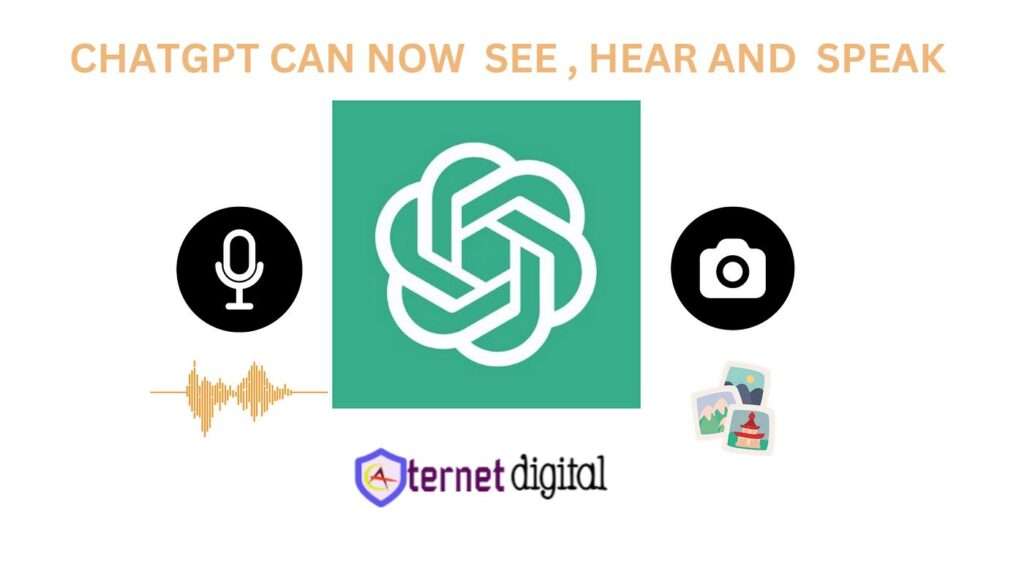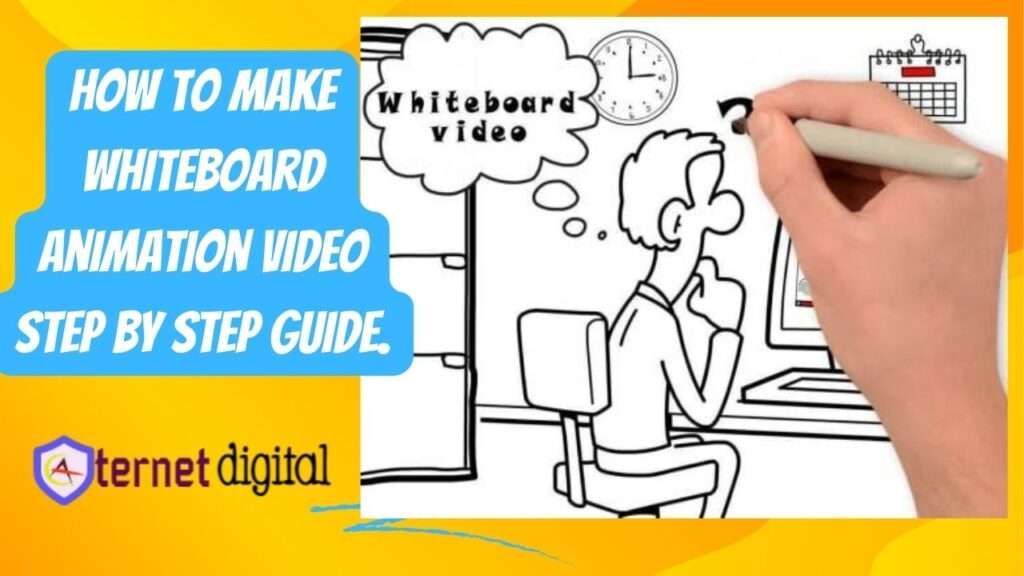
Artificial intelligence (AI) is not only transforming the way we work, learn, and communicate, but also the way we create, express, and innovate.
AI is enhancing the creativity and innovation of artists and designers, by providing them with new tools, techniques, and inspiration.
In this article, we will explore how AI is unleashing the full potential of artists and designers, and what are some of the benefits and challenges of this emerging trend.
Artificial Intelligence (AI) as a Tool
One of the ways that AI is enhancing the creativity and innovation of artists and designers is by serving as a tool that can augment their skills, abilities, and productivity.
AI can help artists and designers with tasks such as:
- Generating ideas:
AI can generate novel and diverse ideas for artists and designers, by using algorithms that can combine, remix, and modify existing data, such as images, texts, sounds, or styles.
For example, [GANs](https://en.wikipedia.org/wiki/Generative_adversarial_network) (generative adversarial networks) are a type of AI that can create realistic and original images, such as faces, landscapes, or artworks, by learning from a large dataset of examples.
Artists and designers can use GANs to generate new concepts, explore different aesthetics, or experiment with different genres and mediums.
- Enhancing quality:
AI can enhance the quality of the artworks and designs, by using algorithms that can optimize, refine, and improve the output, such as resolution, color, contrast, or texture.
For example,
[super-resolution](https://en.wikipedia.org/wiki/Super-resolution_imaging) is a technique that can increase the resolution of an image, by using AI to fill in the missing details and pixels.
Artists and designers can use super-resolution to enhance the clarity, sharpness, and realism of their creations, or to restore old or damaged artworks and designs.
- Automating tasks:
AI can automate some of the tedious, repetitive, or time-consuming tasks that artists and designers have to perform, such as cropping, resizing, filtering, or labeling.
For example,
[content-aware fill] (https://helpx.adobe.com/photoshop/using/content-aware-fill.html) is a feature that can automatically fill in the gaps or remove the unwanted objects in an image, by using AI to analyze the surrounding pixels and generate a seamless patch.
Artists and designers can use content-aware fill to save time and effort, or to manipulate and edit their creations with ease.
Artificial Intelligence (AI) as a Partner
Another way that AI is enhancing the creativity and innovation of artists and designers is by serving as a partner that can collaborate, interact, and co-create with them.
AI can help artists and designers with tasks such as:
- Providing feedback:
AI can provide feedback to artists and designers, by using algorithms that can evaluate, critique, and suggest improvements for their creations, such as composition, style, or functionality.
For example,
[Critter] (https://www.critter.app/) is an app that can give feedback to designers, by using AI to analyze their designs and compare them with best practices, guidelines, and benchmarks.
Artists and designers can use Critter to get objective and constructive feedback, or to learn and improve their skills and knowledge.
- Offering assistance:
AI can offer assistance to artists and designers, by using algorithms that can assist, support, and facilitate their creative process, such as brainstorming, sketching, or prototyping.
For example,
[Sketch2Code] (https://sketch2code.azurewebsites.net/) is a tool that can convert hand-drawn sketches into HTML code, by using AI to recognize the elements and layout of the sketch.
Artists and designers can use Sketch2Code to quickly and easily turn their ideas into prototypes, or to communicate and share their visions with others.
- Creating together:
AI can create together with artists and designers, by using algorithms that can generate, adapt, and respond to their inputs, such as gestures, voice, or emotions.
For example,
[Draw With Your Face] (https://experiments.withgoogle.com/draw-with-your-face) is an experiment that can create drawings based on the facial expressions of the user, by using AI to detect and interpret the emotions and movements of the face.
Artists and designers can use Draw With Your Face to express themselves in a fun and creative way, or to explore new forms and modes of artistic expression.
Benefits and Challenges of AI To Artists and Designers
The use of AI to enhance the creativity and innovation of artists and designers has many benefits, such as:
¡》Expanding the possibilities:
AI can expand the possibilities for artists and designers, by enabling them to create new and original artworks and designs, that would otherwise be impossible, difficult, or impractical to achieve.
AI can also help artists and designers to discover new and unexpected sources of inspiration, or to challenge and transcend the existing boundaries and conventions of their fields.
¡¡》Increasing the accessibility:
AI can increase the accessibility for artists and designers, by making the tools and techniques of creation more affordable, available, and easy to use.
AI can also help artists and designers to reach and engage with wider and more diverse audiences, or to collaborate and learn from other creators across the world.
¡¡¡》Improving the impact:
AI can improve the impact of artists and designers, by enhancing the quality, value, and relevance of their creations.
AI can also help artists and designers to solve problems, address issues, or raise awareness, by using their creations to communicate, educate, or influence.
However, the use of AI to enhance the creativity and innovation of artists and designers also poses some challenges, such as:
¡》Preserving the authenticity:
AI can raise questions about the authenticity of the artworks and designs, by blurring the lines between human and machine, original and derivative, or real and fake.
AI can also challenge the identity, ownership, and rights of the creators, by creating ambiguities and conflicts over the authorship, attribution, and recognition of their creations.
¡¡》Ensuring the ethics:
AI can pose ethical risks for the artworks and designs, by creating potential harms, biases, or abuses, such as plagiarism, manipulation, or exploitation.
AI can also require ethical responsibilities for the creators, by demanding them to consider the implications, consequences, and accountability of their creations, such as privacy, security, or sustainability.
¡¡¡》Balancing the roles:
AI can change the roles of the artists and designers, by shifting the balance of power, control, and agency between them and the machines.
AI can also affect the skills, attitudes, and values of the creators, by requiring them to adapt, learn, and collaborate with the machines, or to compete, resist, or critique them.
Conclusion
AI is enhancing the creativity and innovation of artists and designers, by providing them with new tools, techniques, and inspiration.
AI is serving as a tool that can augment their skills, abilities, and productivity, and as a partner that can collaborate, interact, and co-create with them.
However, AI also poses some challenges for the authenticity, ethics, and roles of the creators, that need to be addressed and resolved.
AI is not a threat or a replacement for human creativity and innovation, but rather an opportunity and a catalyst for them.
AI is not the end, but the means, for artists and designers to unleash their full potential.
RELATED ARTICLES
- The best AI software and hardware for building and testing AI systems
- The best AI skills and competencies for the future of work
- The Best AI Projects, Challenges and Competitions in 2024
- How AI is influencing the politics and governance of nations
- The best AI methods and models for natural language processing and generation









